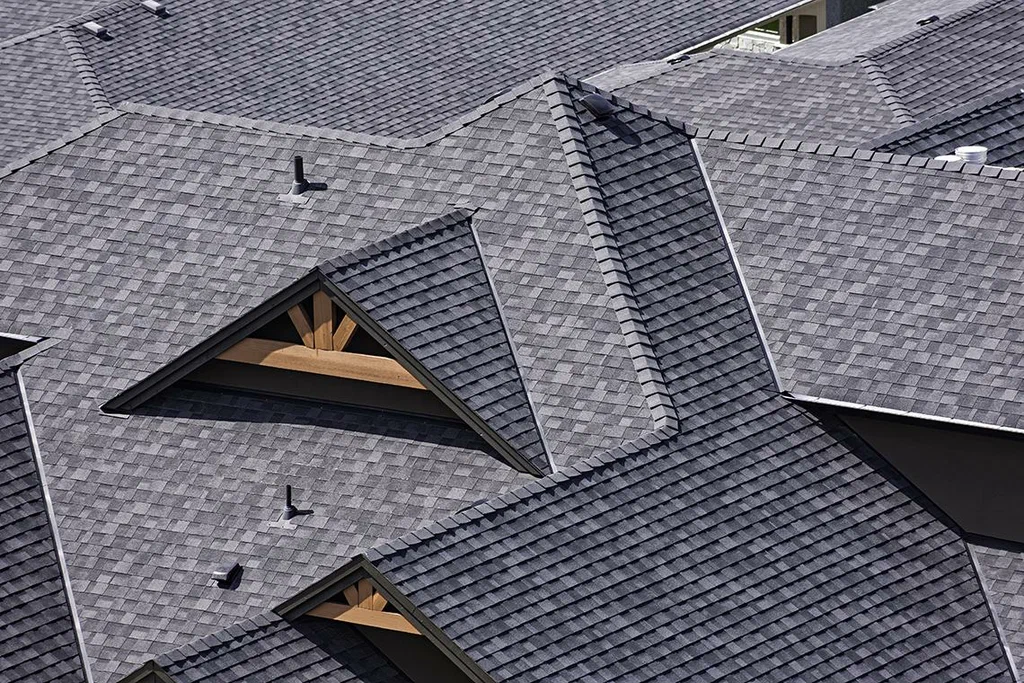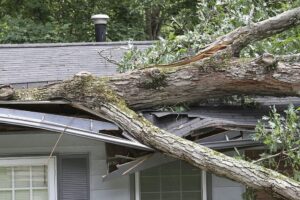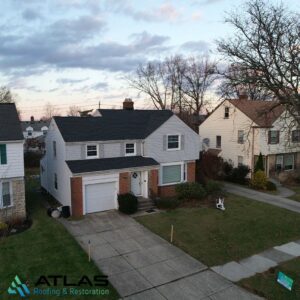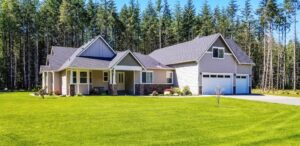Understanding Commercial Roofing Choices
When it comes to commercial roofing, business owners and property managers face a crucial decision: choosing between a flat roof and a sloped roof. Each option has its advantages and drawbacks, making it essential to evaluate which best suits your building’s needs, climate, and long-term maintenance requirements.
What is a Flat Roof?
A flat roof is not entirely flat but has a slight pitch to allow for water drainage. It is a popular choice for commercial buildings due to its cost-effectiveness and efficient use of space. Common materials used in flat roofing include:
- TPO (Thermoplastic Polyolefin) – A durable and energy-efficient roofing system.
- PVC (Polyvinyl Chloride) – Resistant to chemicals, fire, and high temperatures.
- EPDM (Ethylene Propylene Diene Monomer) – A synthetic rubber membrane known for its longevity.
- Modified Bitumen – A multi-layered asphalt-based material offering excellent waterproofing.
What is a Sloped Roof?
A sloped roof features an inclined design that facilitates water runoff. While more common in residential structures, some commercial buildings adopt sloped roofs for aesthetic and durability reasons.
Comparing Flat Roofs and Sloped Roofs
1. Cost and Installation
Flat roofs generally have lower installation costs because they require fewer materials and are easier to construct. In contrast, sloped roofs require additional framing and materials, increasing the upfront investment.
2. Maintenance and Longevity
Flat roofs need regular inspections to prevent water pooling and leaks. However, modern materials like TPO, PVC, and EPDM significantly enhance their durability. Sloped roofs, on the other hand, naturally shed water and debris, reducing maintenance but requiring costly repairs when damage occurs.
3. Energy Efficiency
Flat roofs allow for easy installation of solar panels and green roofing systems, contributing to energy savings. Materials like TPO and PVC reflect heat, making them ideal for energy efficiency. Sloped roofs, depending on the material used, may offer better insulation but can also retain heat in warmer climates.
4. Space Utilization
Flat roofs maximize usable space, allowing for HVAC systems, solar panels, and rooftop gardens. This makes them a preferred choice for commercial buildings needing additional functional areas. Sloped roofs limit such opportunities but may provide attic space for storage or insulation benefits.
5. Weather Resistance
The choice between flat and sloped roofs depends significantly on the local climate. In areas with heavy snowfall or rain, sloped roofs naturally divert water away. However, properly installed flat roofing systems like EPDM and Modified Bitumen offer excellent waterproofing and weather resistance.
Which Roofing Type is Best for Your Commercial Property?
The ideal roofing system depends on several factors, including budget, climate, building design, and maintenance expectations. Flat roofs are the go-to option for most commercial properties due to their cost-effectiveness and space efficiency. However, sloped roofs may be beneficial for buildings in high-precipitation areas requiring superior drainage.
Expert Commercial Roofing Solutions
If you’re considering a new roof for your commercial property, Atlas Roofing & Restoration specializes in flat roofing solutions using TPO, PVC, EPDM, and Modified Bitumen. Our expert team ensures long-lasting, energy-efficient, and durable roofing systems tailored to your business needs. Contact us today for a consultation and discover the best commercial roofing options for your property.




